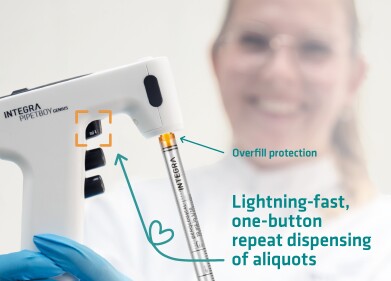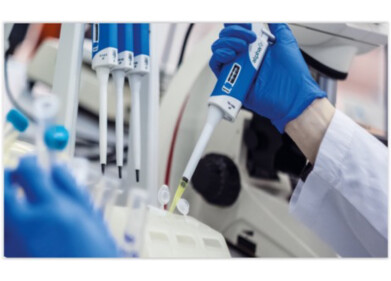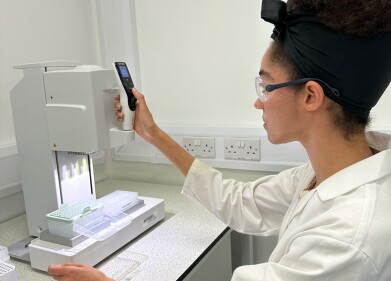Pipettes
INTEGRA Biosciences’ products offer flexibility in the post-pandemic era
Mar 29 2023
During the COVID-19 pandemic, Integra Biosciences pipetting solutions were widely purchased by laboratories to manage the high volume of samples received daily for PCR testing. As the pandemic situation has improved, labs can now focus on other important work. However, the question remains: what happened to the pipetting platforms and devices? Integra conducted a recent survey to shed light on how these systems are being repurposed now that they are no longer necessary for COVID-19 testing.
To streamline and expedite their PCR workflows during the pandemic, laboratories utilised various Integra pipetting systems such as VOYAGER adjustable tip spacing pipettes, VIAFLO lightweight electronic pipettes, VIAFLO 96 and VIAFLO 384 handheld electronic pipettes, MINI 96 portable electronic pipettes, and ASSIST PLUS pipetting robots. The instruments' ease of use, intuitive operation, and uncomplicated programming facilitated automation. Currently, these same qualities are allowing the pipetting systems to be employed in various non-COVID applications, such as DNA sequencing, investigating antibiotic resistance, women's health testing, and creating novel assays for prevalent diseases like STIs and monkeypox.
According to the survey, 75% of the labs opted for the ASSIST PLUS pipetting robot. The main reason for their preference was the robot's capacity to automate multichannel pipettes, providing increased flexibility. Moreover, with the launch of the D-ONE single-channel pipetting module, the platform can now execute tasks that require a single channel. This feature allows the robot to accomplish time-consuming duties such as serial dilutions, sample normalisation, hit picking, and pipetting of intricate plate layouts with minimal manual intervention.
The survey highlighted that the primary advantage of utilising the ASSIST PLUS and the VOYAGER pipetting systems for automation was their ability to minimise errors, resulting in greater consistency, accuracy, and reproducibility of results. Furthermore, automating laborious and time-consuming liquid transfer steps translated into requiring fewer staff to handle more samples, ultimately improving lab throughput. Based on these positive experiences, 92% of customers intend to use their pipetting robots for additional applications in the future, such as allergy and infectious disease testing, pharmacogenomics, targeted genome sequencing, and research into antimicrobial resistance. By doing so, they can enhance their workflows and ensure adaptability to future diagnostic requirements.
More information online
Digital Edition
Lab Asia 31.6 Dec 2024
December 2024
Chromatography Articles - Sustainable chromatography: Embracing software for greener methods Mass Spectrometry & Spectroscopy Articles - Solving industry challenges for phosphorus containi...
View all digital editions
Events
Jan 22 2025 Tokyo, Japan
Jan 22 2025 Birmingham, UK
Jan 25 2025 San Diego, CA, USA
Jan 27 2025 Dubai, UAE
Jan 29 2025 Tokyo, Japan



















